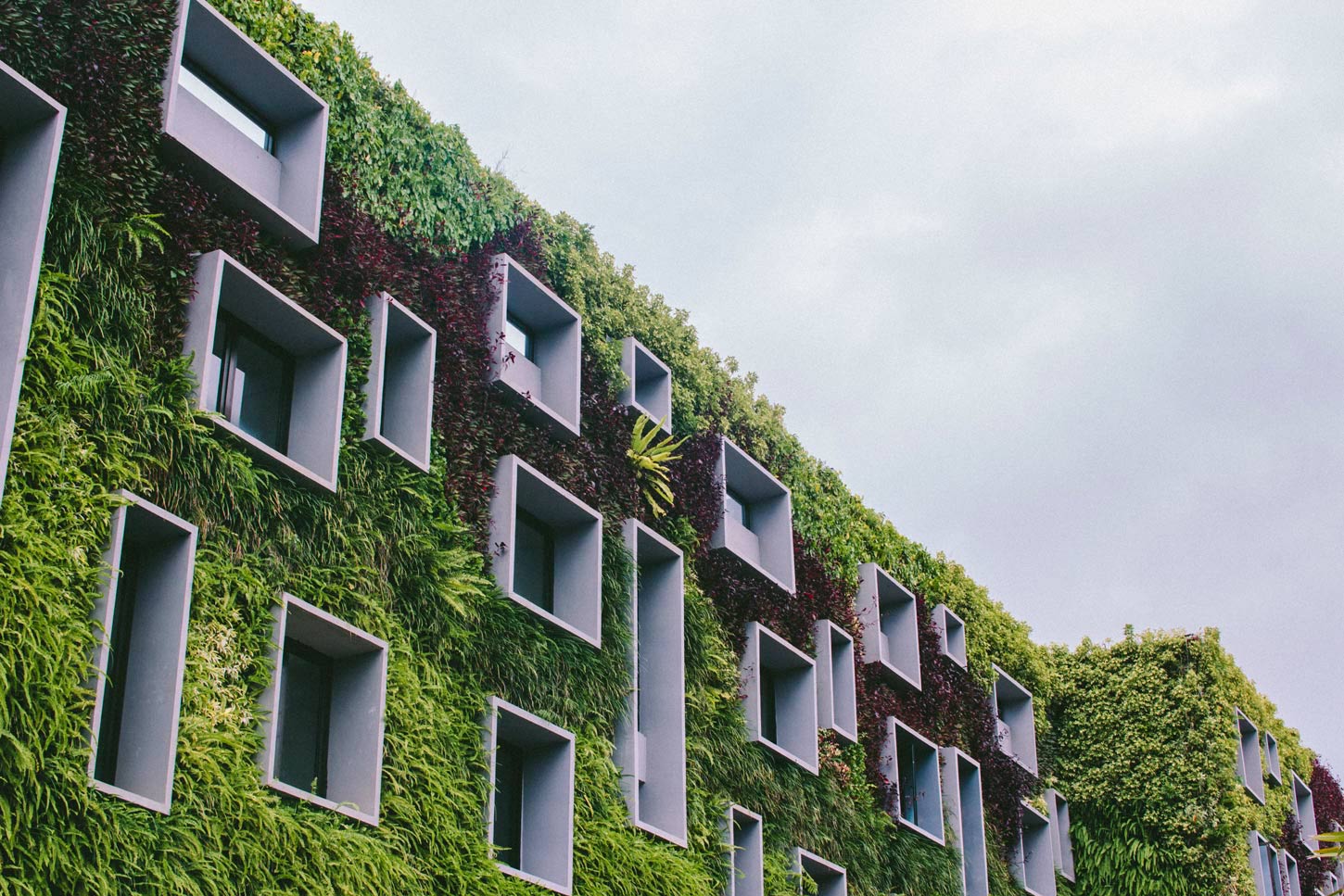Sustainable construction has become increasingly popular in recent years, as builders and developers seek to create buildings that are both environmentally responsible and economically viable. There are many examples of sustainable construction projects that have been successful in reducing energy and resource consumption, improving indoor environmental quality, and promoting economic and social sustainability.
Here are just a few case studies:
- The Bullitt Center: Located in Seattle, the Bullitt Center is often referred to as the greenest commercial building in the world. The building is designed to be net-zero energy and net-zero water, meaning that it produces as much energy and water as it consumes. It features a range of sustainable features, including solar panels, rainwater collection systems, and a geothermal heating and cooling system. The Bullitt Center has been recognized with a number of awards for its sustainable design, including LEED Platinum certification and the Living Building Challenge certification.
- The Edge: This office building in Amsterdam is designed to be one of the most sustainable buildings in the world. It features a range of sustainable technologies, including solar panels, a rainwater harvesting system, and a smart lighting system that adjusts based on occupancy and natural light. The building is also designed to promote employee health and wellness, with features like a rooftop garden and an indoor air quality monitoring system. The Edge has been recognized with a number of sustainability awards, including BREEAM-NL Outstanding certification and the World Architecture Festival award for Office – Completed Buildings.
- The Crystal: Located in London, the Crystal is a sustainable conference center and exhibition space that is designed to be one of the most sustainable buildings in the world. It features a range of sustainable technologies, including solar panels, rainwater harvesting systems, and a ground-source heat pump. The building is also designed to promote education and innovation in sustainability, with exhibitions and events that showcase the latest sustainable technologies and practices. The Crystal has been recognized with a number of sustainability awards, including BREEAM Outstanding certification and the Sustainable Building of the Year award.
- The Chesapeake Bay Foundation Headquarters: This building, located in Annapolis, Maryland, is designed to be one of the most sustainable buildings in the United States. It features a range of sustainable features, including geothermal heating and cooling, a green roof, and rainwater harvesting systems. The building is also designed to promote environmental education, with exhibits and tours that highlight the importance of the Chesapeake Bay ecosystem. The Chesapeake Bay Foundation Headquarters has been recognized with a number of sustainability awards, including LEED Platinum certification and the American Institute of Architects COTE Top Ten award.
Conclusion
Overall, these case studies demonstrate the potential of sustainable construction to reduce energy and resource consumption, improve indoor environmental quality, and promote economic and social sustainability. By using sustainable technologies and practices, builders and developers can create buildings that are not only environmentally responsible, but also economically viable and socially beneficial.




